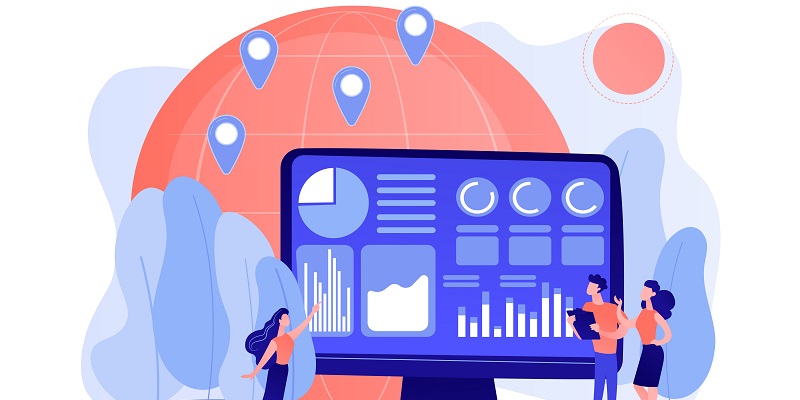In today’s data-driven world, organizations recognize the importance of data analytics in driving decision-making processes and achieving business success. With the advancement of technology, human resources (HR) departments can now harness the power of data analytics to gain valuable insights into employee needs, performance, and engagement levels. This article explores the role of data analytics in HR, specifically focusing on predictive analytics, its impact on hiring and management strategies, the benefits it brings, and real-world case studies. We will also discuss the challenges organizations may face when implementing data analytics in HR and provide tips for successful adoption.
The Role of Predictive Data Analytics in HR
By utilizing predictive data analytics, HR professionals gain a comprehensive understanding of team dynamics, employee satisfaction levels, and training requirements. Leveraging data analytics tools helps identify high-performing teams, employees who require further training or support, and potential skill gaps. This information enables organizations to make informed decisions and develop targeted strategies to enhance overall employee performance and engagement.
Enhancing Hiring and Management Strategies with Predictive Data Analytics
Predictive data analytics empowers HR departments to optimize their hiring process and identify top talent that might be overlooked by traditional screening methods. By extracting insights from HR management systems, organizations can identify candidates who possess the skills and qualities necessary for success within their respective roles. Additionally, integrating performance data and employee profiles enables HR professionals to identify potential attrition risks and take proactive measures to retain valuable talent.
The Benefits of Data Analytics in HR
Accurate data mapping forms the bedrock for impactful decision-making. By ensuring data accuracy, HR departments can align their strategies with business objectives, resulting in improved outcomes and increased productivity. Furthermore, having readily available data enables HR professionals to make faster, more effective decisions that positively impact overall organizational performance. Collecting, analyzing, and interpreting data transforms into actionable insights, benefiting both employees and the organization as a whole.
Case Studies and Examples
Several organizations have successfully implemented data analytics in their HR practices, yielding tangible results. Company A, utilizing predictive data analytics, achieved a 15% increase in employee satisfaction by addressing specific pain points and tailoring engagement initiatives. Company B reduced employee attrition by 10% through proactive identification of at-risk employees and implementing targeted retention strategies. These examples highlight how data analytics in HR can drive positive business outcomes and enhance employee experiences.
Overcoming Challenges and Implementing Data Analytics in HR
While implementing data analytics in HR offers immense potential, challenges may arise. Organizations must address issues related to data collection, privacy concerns, and building analytics capabilities within their HR teams. To overcome these challenges, it is crucial to establish a clear data governance framework, invest in data security measures, and provide training opportunities for HR professionals. Collaboration between HR and IT teams is also essential to effectively implement and maximize the benefits of data analytics in HR.
Data analytics is revolutionizing HR practices, providing organizations with unprecedented insights into employee needs, performance, and engagement. By leveraging predictive data analytics, HR professionals can enhance hiring and management strategies, make data-driven decisions, and drive positive business outcomes. Real-world case studies demonstrate the effectiveness of data analytics in HR, showcasing its ability to improve employee satisfaction, reduce attrition rates, and enhance overall organizational success. As more organizations recognize its value, it is imperative to overcome challenges and embrace data analytics to unlock the true potential of employee performance and engagement in the modern workplace.

